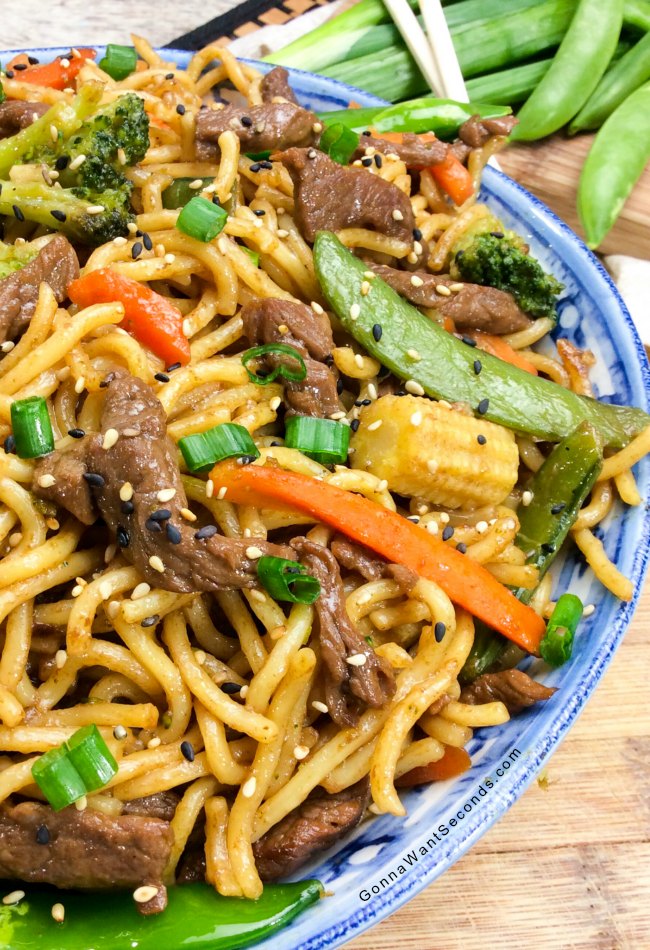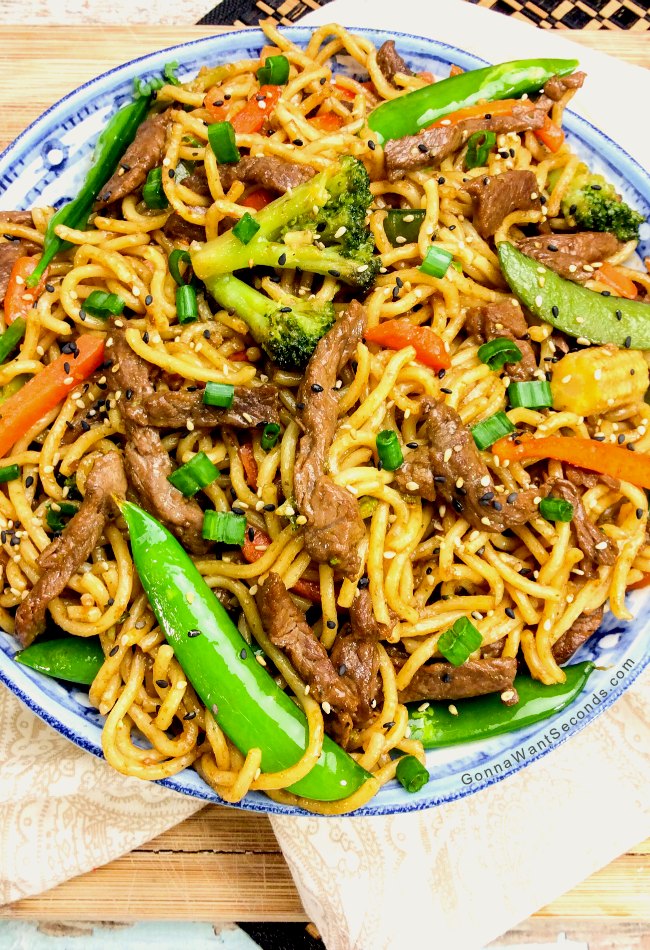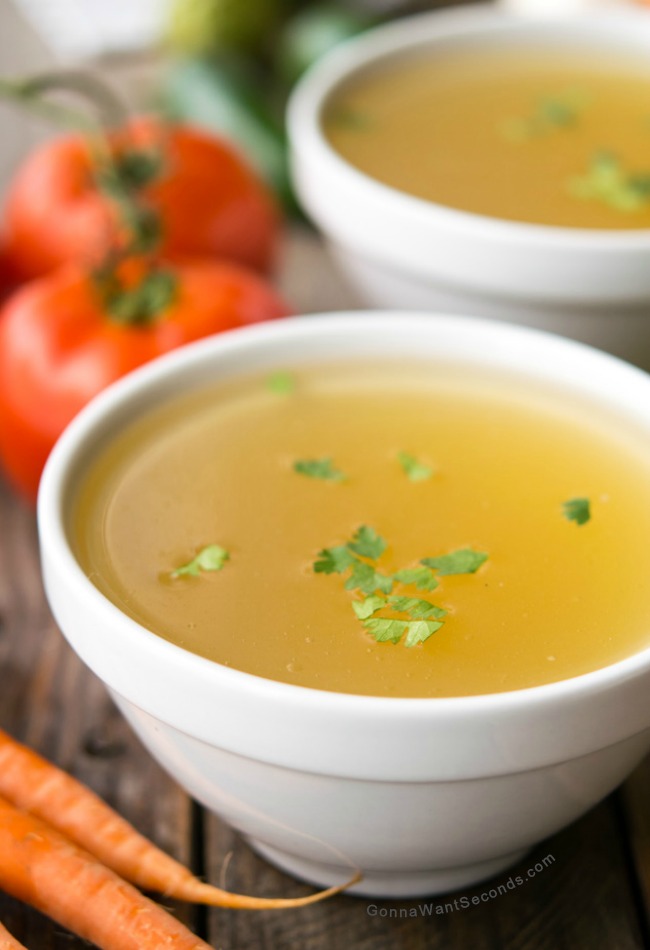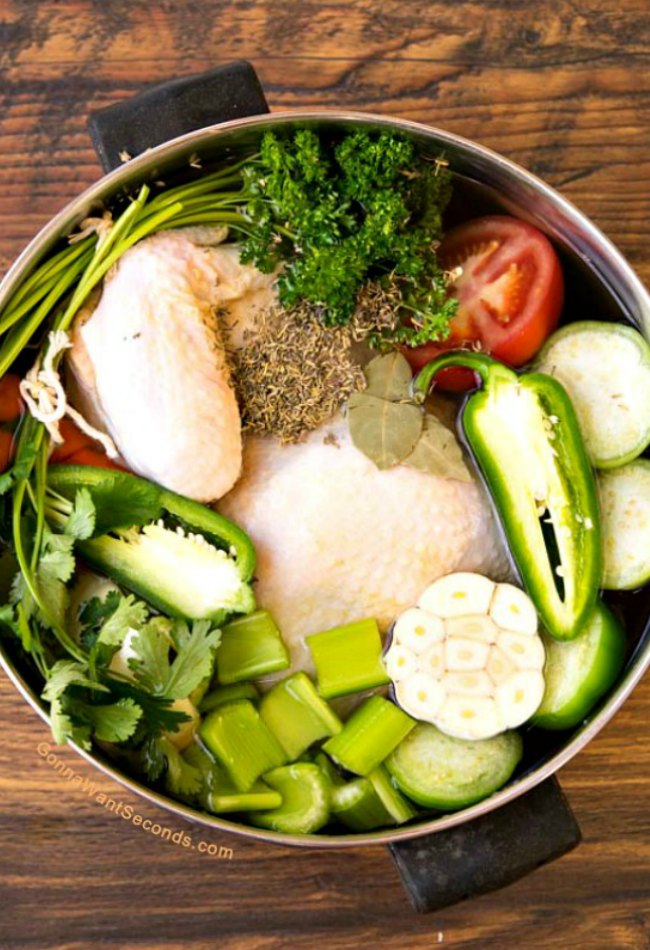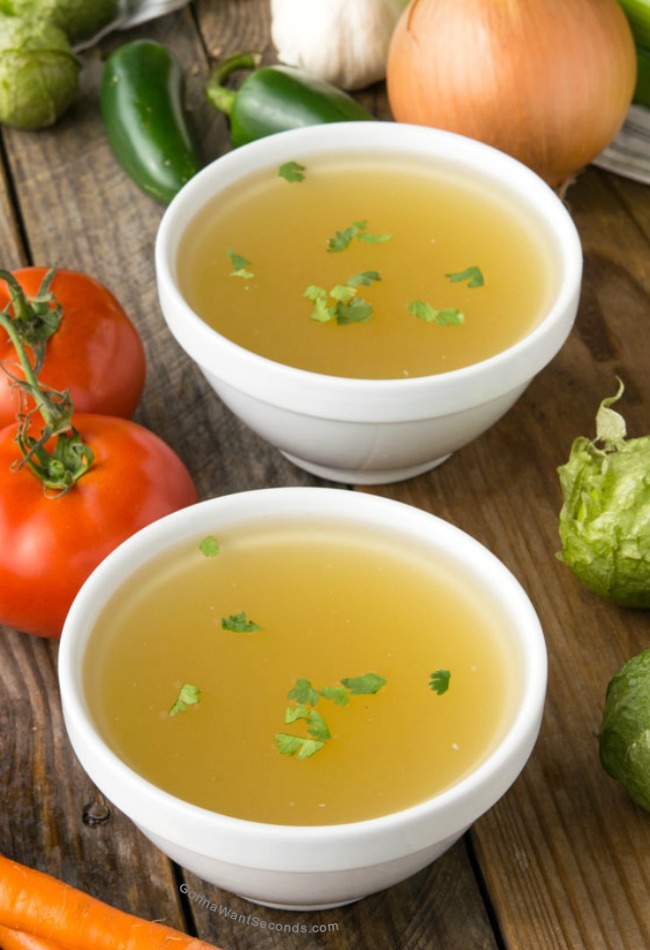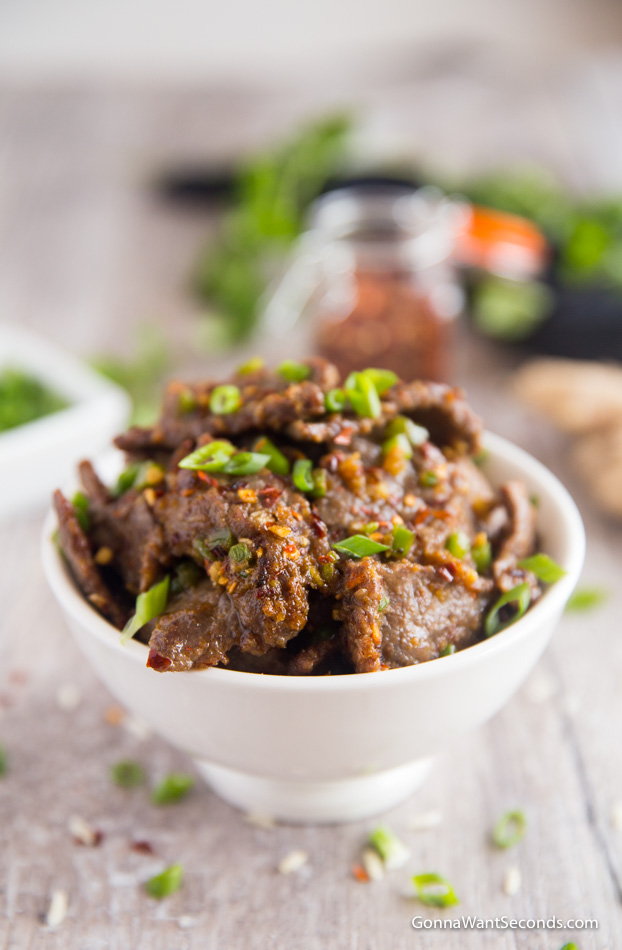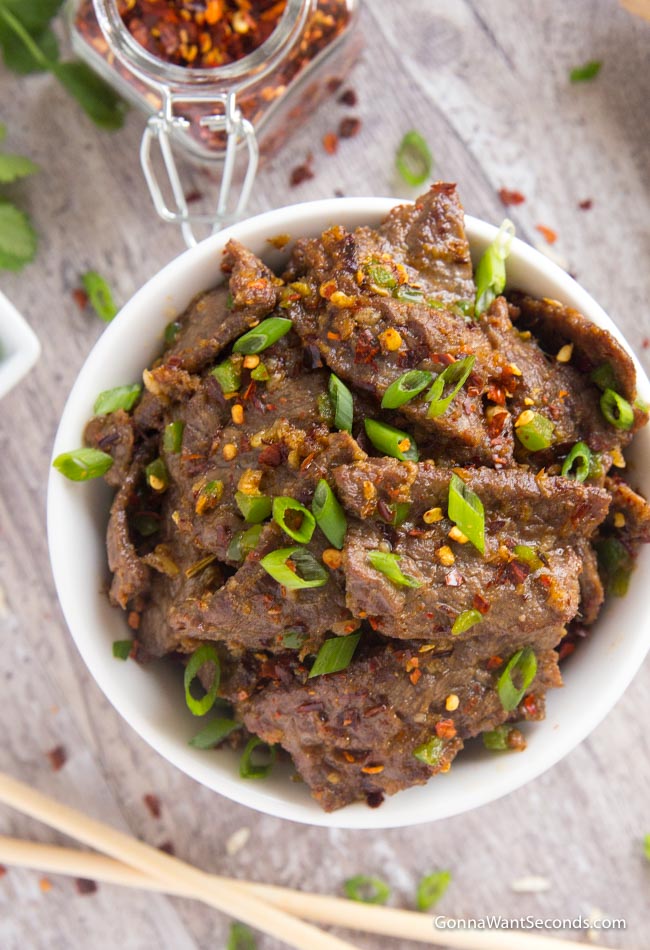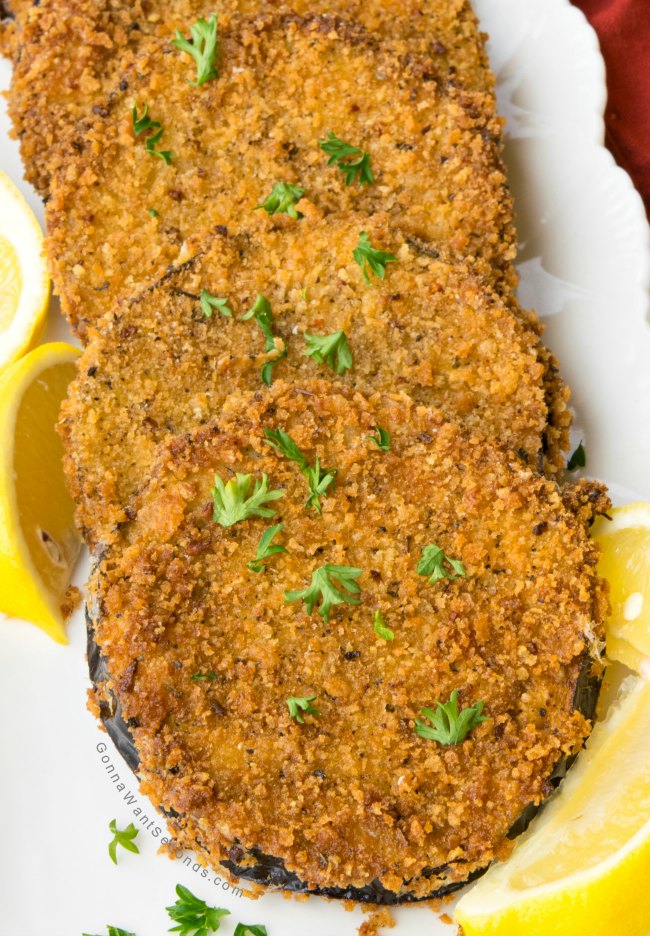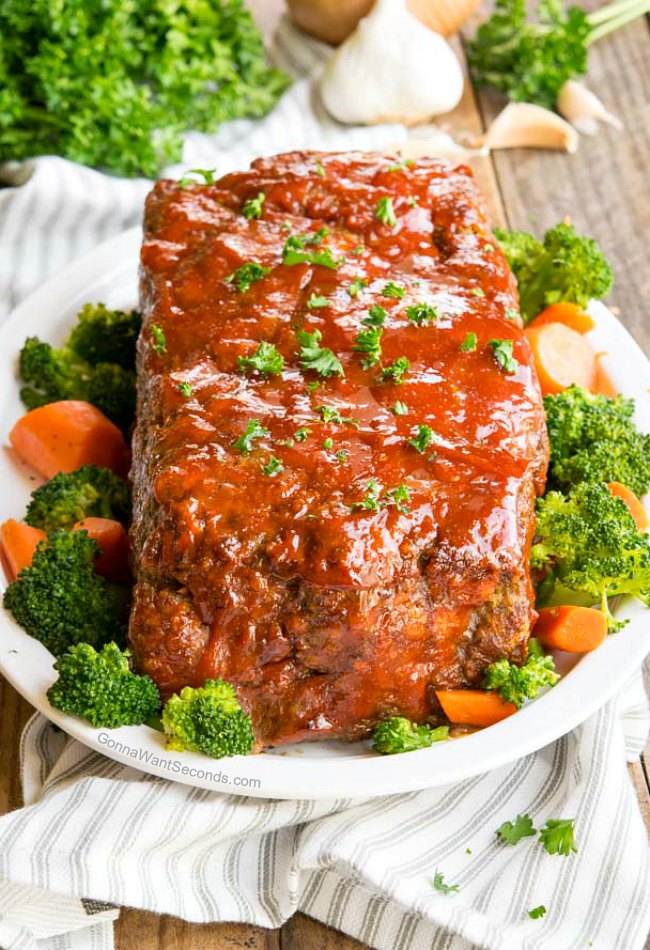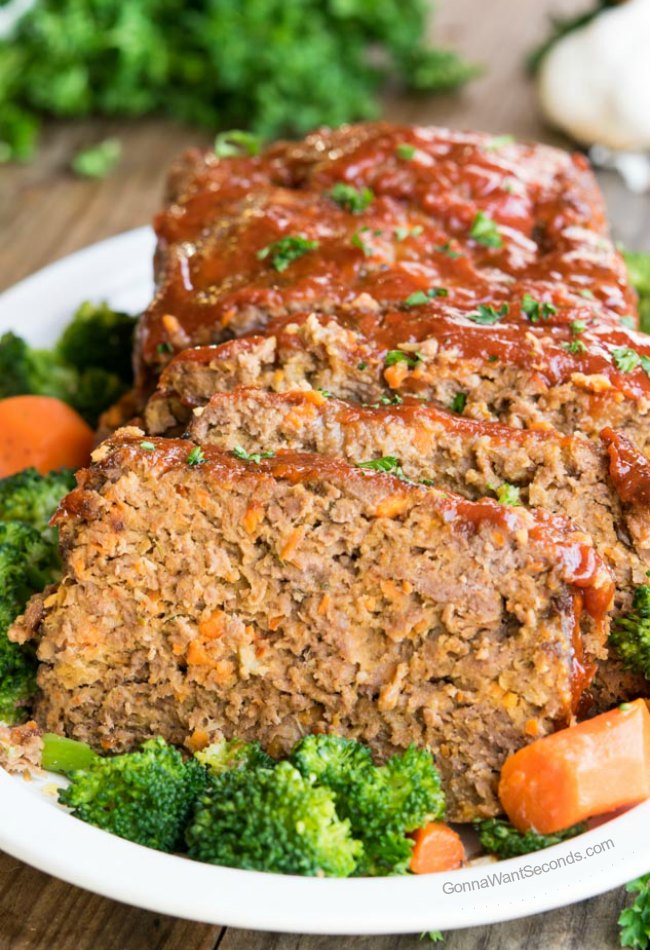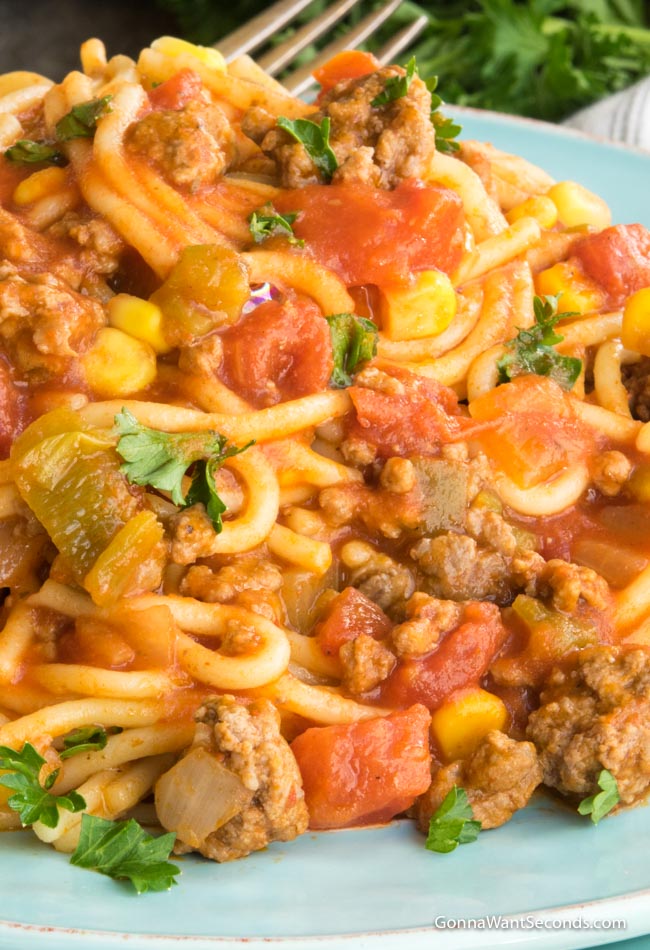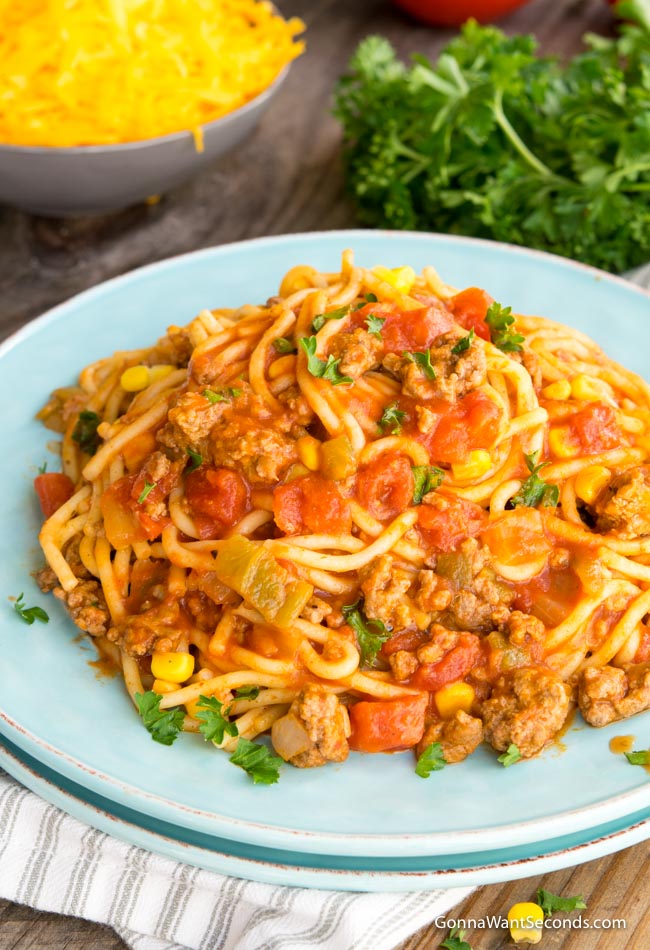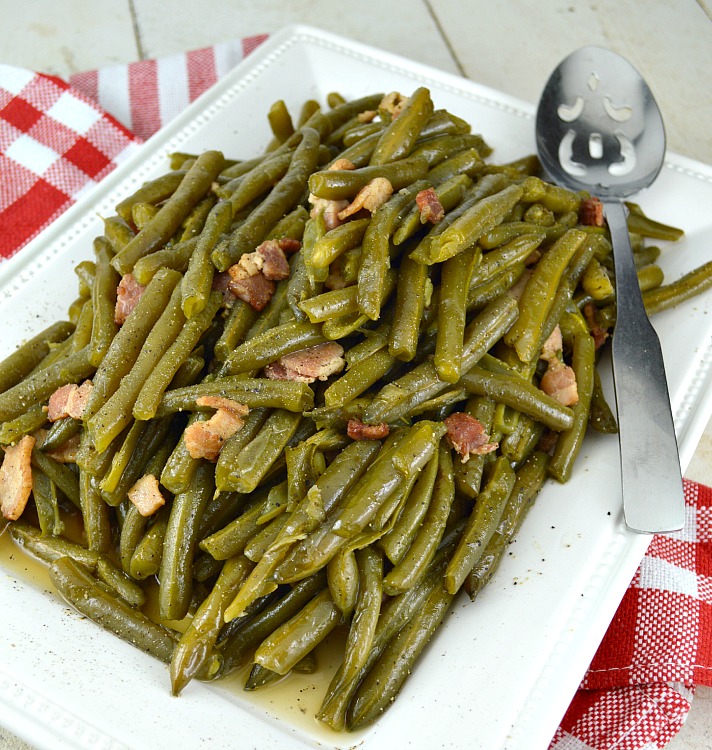Cut me off a piece of that Kit Kat Cake! A moist, homemade chocolate cake with fudgy frosting makes this candy bar delivery vehicle something special.

When it comes to dealing with a serious candy bar craving, there are two types of people. Some believe in moderation, attempting to satisfy themselves with a miniature “fun-size” bar lifted from their kiddo’s Halloween basket (don’t you envy their optimism??). The rest of us know the only way to properly deal with that kind of desire is to indulge in a king-sized, ultra-mega giant candy bar that’s absolutely worth going to the store in your pajamas for. Get ready to up your game, people, with my Kit Kat Cake.
There’s no denying Kit Kats are one of the most popular impulse buys on the checkout aisle at the grocery store. Their light, crispy wafers blanketed in sweet milk chocolate and that catchy jingle are hard to ignore. Kit Kats are pre-perforated into “fingers” for sharing, too, if you’re into that sort of thing.
That States-side popularity is extended all across the world, with over 16 countries manufacturing these chocolatey treats. Kit Kats are the number one selling chocolate bar in Japan (and in 200 different flavors), and, if you’re looking for the biggest bars available to make this Kit Kat Cake recipe Australia sells them in 12-finger packages! They’re popular served with afternoon tea in England, and the airport in Dubai sells more than any other retail store. Anyone else interested in planning a long layover??
Incorporating the chocolate-coated wafers into desserts is a no-brainer, and there are all kinds of Kit Kat dessert recipe options including cookies, blondies, pies, and even creamy dips. But if you’re looking for a stand-out Kit Kat cake recipe taste mine! It uses a homemade chocolate cake and homemade frosting as the centerpiece for tons of Kit Kat “siding” all around the edges. The Kit Kat fence also works as the perfect frame for a little lake of M&Ms on top. It’s an amazing, adorable cake guaranteed to satisfy that Kit Kat craving.
If you do an internet search for Kit Kat cake ideas, you’ll find some no bake Kit Kat cake recipes, similar to tiramisu with Kit Kats instead of lady fingers. The baked versions use an actual cake, but most of these start with a box cake mix and a tub or two of store-bought frosting. I definitely enjoy convenience items, and you’ll see me use them a lot in my recipes, but this chocolate cake is so easy to make, really almost as easy as preparing one that starts with a box, and it’s vastly superior in taste, if I do say so myself!
Using dark brown sugar in this cake batter is a small (but effective) twist on a traditional chocolate cake. From a functional standpoint, it adds an acidic quality that works with the cocoa powder to help the baking soda do what it’s supposed to and make our cake nice and airy. From a taste perspective, though, it adds a subtle molasses flavor and ultimately makes the cake a little more complex than just using granulated sugar.
What kind of cocoa do you want to use? Well, it’s really up to you. Either Dutch-processed (which has had some of the acid removed) or plain will work in this recipe since we’re using both baking powder and baking soda to leaven the cake. All you have to decide is whether you want a lighter or darker cocoa to flavor the layers.
Yes, it’s a snap to make this Kit Kat cake from scratch, and the frosting . . . the FROSTING! It’s equally simple to put together and off-the-charts delicious! Just like the cake, this frosting uses things that are probably already in your kitchen. It’s a fluffy, fudgy frosting, with lots of cocoa flavor that really complements the airy quality of the candy bars. Creamy chocolate frosting on a chocolate cake with Kitkat border? Sign me up!
So, how many Kit Kats for a Kit Kat cake? I suggest buying enough packages to have about 40 fingers. Although 8-inch cake pans should produce pretty uniform results across the board, subtle differences including the thickness of the frosting can change the amount of surface area and the actual number of Kit Kats required.

Once you tie a colorful ribbon around the cake to secure the Kit Kats, you’ll top this beauty with M&Ms. This is a great way to use up a bunch of those puny “fun-size” bags you have left over from Halloween, but you can also buy some holiday-themed packages to color coordinate for a party. Definitely don’t restrict yourself to the original milk chocolate version, either, since there are tons of awesome M&M flavors to choose from.
Even though the Kit Kats will be secured to the cake with your decorative ribbon, you’ll still want to chill this cake awhile before cutting into it. It’ll cut much easier once the frosting gets a chance to solidify around the candy bars and candy. You’ll still have some stray M&Ms and Kit Kat crumbs on the plate when you slice your cake, but I promise no one will be complaining!
Recipe Notes:
Kit Kat care – This cake is really a show-stopper, and you don’t want to ruin the visual appeal with lots of finger prints on your Kit Kats. Sure you’ll probably eat one or two pieces while you’re making this cake, but you don’t want it to look like you considered eating every one! I like to break the Kit Kats into their individual fingers, then pop them into the freezer for a few minutes on a tray lined with wax paper to prevent any melting from warm fingers.
Tie it up – The ribbon around the edge of the cake is essential for keeping it all together. Don’t skip it. No, it’s not more chocolate, but you can make it a festive addition to color-coordinate with a baby shower or add a touch of the holidays to your chocolate masterpiece.
Alternative toppings – If you’re not feeling the M&Ms for some reason, there are lots of other options. Chocolate’s pretty much a neutral canvas to work with! You can make a Kit Kat cake with strawberries, either sliced or whole, or you can pick up an alternative on the candy aisle. This cake works with Whoppers, Reese’s Pieces, chocolate truffles, mini-Oreos, or chopped peanut butter cups. You can even break up more Kit Kats on top to make sure there’s some classic Kit Kat crunch in every bite!
The post Kit Kat Cake Recipe appeared first on Gonna Want Seconds.










